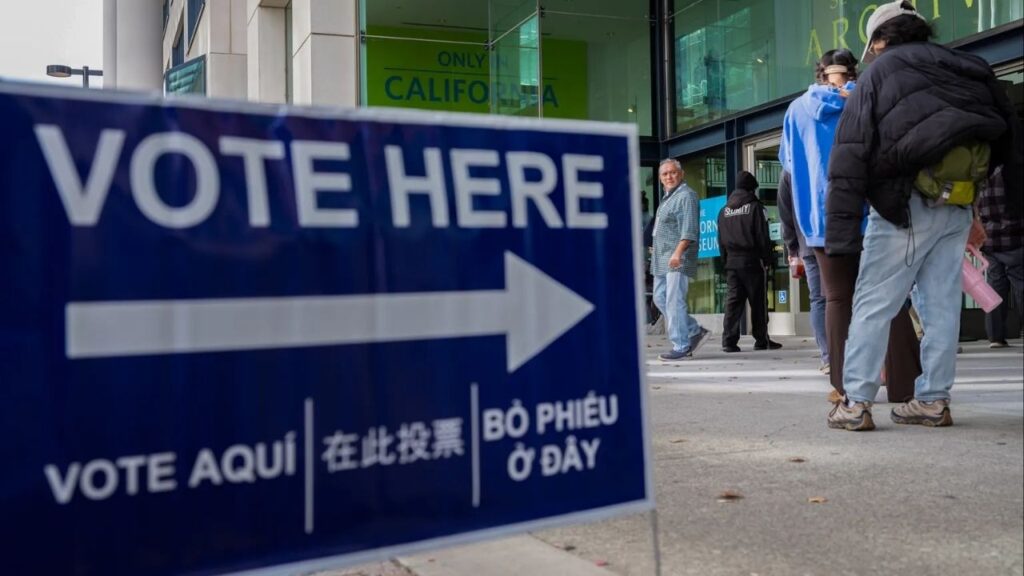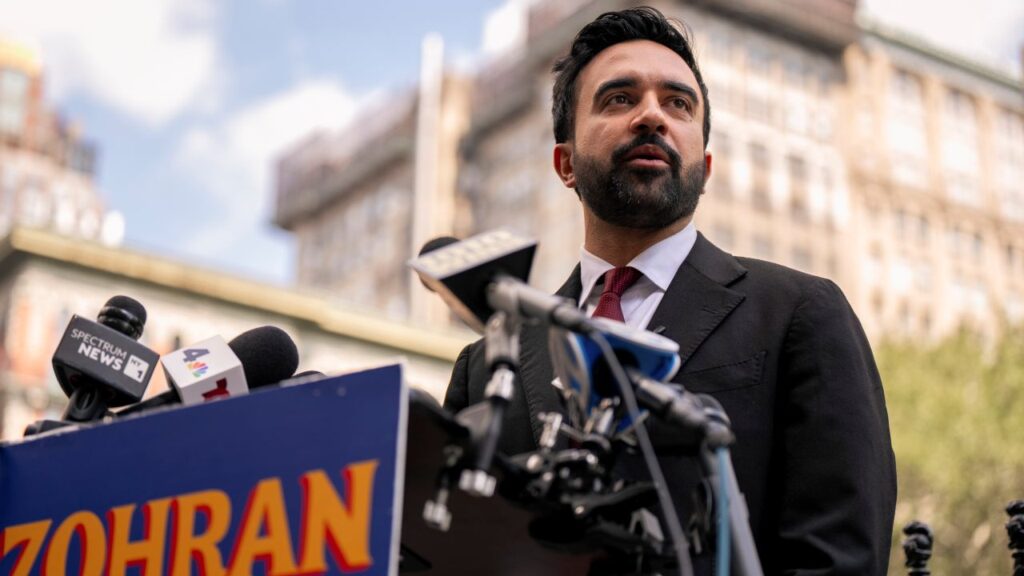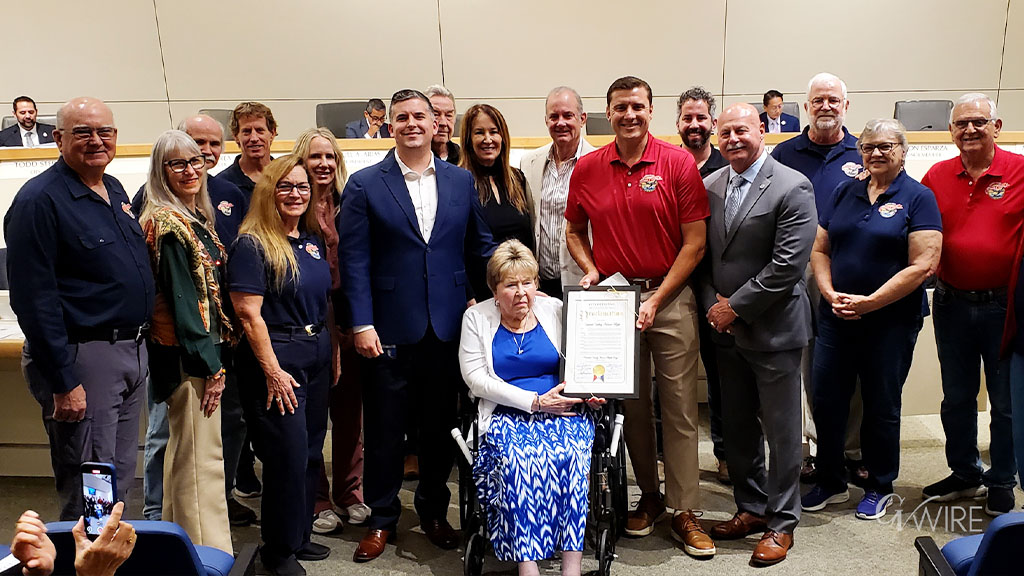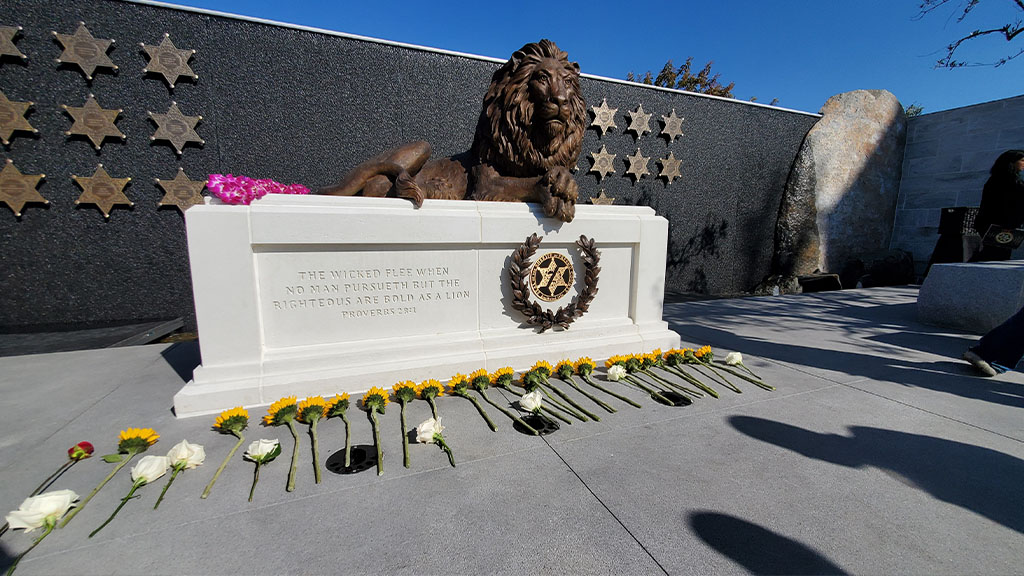Keith Hardy in the gymnasium of John Hayden Johnson Middle School in Washington, D.C., April 10, 2025. Just as college athletes can now be paid for their athletic talent through so-called name, image and likeness, or N.I.L., deals — which compensate players for the use of their image in commercials and other promotional material — so can students as young as middle school. (Maansi Srivastava/The New York Times)

- Middle school athletes can now earn money through NIL deals just like college players.
- Kaden Coleman-Bennett aims to become a millionaire by his freshman year of high school.
- Youth sports coaches prepare students for financial literacy alongside athletic success.
Share
Brittany Coleman’s son Kaden had just turned 10 when youth football coaches started pressing envelopes with thousands of dollars into her hand. They wanted Kaden to play for their club teams in Maryland, in New Jersey and across the mid-Atlantic.
Coleman always refused. Payments for top players, an open secret in youth sports, weren’t allowed, and she didn’t want to tarnish her son.
But as Kaden has grown to become one of the best eighth-grade football players in the country, there is now a legal, and potentially far more lucrative, way for him to profit from his talent.
Just as college athletes can now be paid for their athletic talent through so-called name, image and likeness, or NIL, deals — which compensate players for the use of their image in commercials and other promotional material — so can students as young as middle school.
Last summer, Coleman allowed Kaden to sign sponsorship deals with a local fashion brand, Second N Six, and an athletic gear company. Kaden also has an agent to help him with future deals.
Coleman declined to say how much money her son had received so far, but she’s clear about her aspirations for him. “I’ll tell you what the goal is,” said Coleman, a counselor in the District of Columbia’s public school system. “The goal is for him to reach a million dollars his freshman year of high school.”
NIL Deals Expand Beyond College Sports
Since the National Collegiate Athletic Association began allowing NIL deals in 2021 after years of increasing legal and political pressure, money has poured into college athletics, turning young star players into multimillionaires and raising the already high stakes for student-athletes and their families.
Now, at least 41 states and the District of Columbia have policies through their athletic associations allowing NIL agreements for high school students, and many allow deals for students in middle school, according to Opendorse, a platform for NIL deals. About two years ago, one sports marketing agency signed an NIL deal with a youth football player in Los Angeles who was only 9 years old.
Major brands such as Reebok, Gatorade and Leaf Trading Cards have offered lucrative deals to a handful of high school football and basketball stars, and local businesses like real estate companies and restaurants participate as well. The deals can range from modest — free clothing and food — to seven figures from major brands.
“In compensating minors, you just hope that they have someone responsible acting on their behalf,” said David Ridpath, a professor of sports business at Ohio University.
Seeking the best path for her son, Coleman has found an ally in Mike Sharrieff, Kaden’s coach at John Hayden Johnson Middle School. He anticipated the NIL gold rush’s trickling down to youth sports and was ready for it.
Building Character Through Football Excellence
One day in April, coach Mike, as he’s known, sat at the head of a lunch table monitoring his players’ after-school study hall, as he does each day. Coach Mike is broad-shouldered with a booming voice and a lighthouse smile. His football team, the Panthers, was dressed for the workout that would follow, in black shorts and T-shirts, both emblazoned with a Panther logo. When a stranger walked in, the middle schoolers stood up, introducing themselves one by one and offering a handshake.
Over 22 years, the coach has built a football powerhouse and become a pillar of Washington’s Ward 8 neighborhood by making the Johnson school more like a clubhouse. Days start with early-morning workouts. They end with study halls that keep Sharrieff’s boys (and girls) on its grounds until 8 p.m. into the summer months so they can maintain the 3.0 GPA required to play for his team.
For good reason. Despite the cranes and pastel-colored houses and apartments going up that give Ward 8 a veneer of gentrification, it remains a rough neighborhood. The rate of gun violence is the second highest in the city, while the poverty rate is more than double the U.S. average.
By all measures, Johnson’s football program is a success.
Under Sharrieff, the Panthers are 192-25, have won nine city championships and are perennially ranked in the top five nationally. Seven Johnson alumni have played in the National Football League.
“People belong somewhere but not everywhere,” he said. “I found my somewhere.”
Sharrieff is not a fan of the NIL system. He wonders how healthy could it be paying children. How damaging is it to the hierarchy of a locker room?
But Sharrieff knew these deals were inevitable in youth sports and felt that if he ignored them, he would be shirking his duties as an educator. He had a half-dozen players with deals this past season, he said, and expects that number to double next fall.
“College already has become pro football, high school is finding its market, and there were already some foxes trying to get in my henhouse,” Sharrieff said.
He has taught each player how to open a savings account and brought in a bank representative to talk to parents. The students must pass a financial competency test, and take lessons in handling social media and the news media. Those who secure NIL deals must maintain a 3.5 GPA.
“I’m here to make sure they are dealing with reputable people and that they won’t disrupt what we are trying to do here,” Sharrieff said.
A Young Star’s Journey to Fame
Kaden Coleman-Bennett, 14, has been famous in youth football circles since he was 9. He has played more than 140 games for club teams that traveled to Pennsylvania, New Jersey and Florida, where his team won the Battle Youth National Championship.
In the summers, he attends football camps, where his performance has prompted verbal offers for scholarships from both Syracuse and Virginia Tech. He is also an honors student and is taking advanced classes.
In the fall, Kaden will attend DeMatha Catholic High School, a national powerhouse in football, on an academic scholarship.
Kaden is used to awkward approaches from adults wanting him to play for their teams. He has been recruited for every kind of team imaginable — travel, high school, all-star teams. When he was 9, one coach asked him for his Cash App handle.
“I had to tell him I didn’t have a phone,” Kaden said.
Coleman admits that she has a hard time grasping her son’s celebrity. Kaden never wanted to play football. He likes drawing and science. He wasn’t eager to get hit. Yet he was a natural the moment he stepped onto the field. Now, 5 feet, 8 inches tall and 165 pounds, Kaden is a fast, punishing running back with excellent balance and high football IQ.
Last season, Sharrieff helped Kaden’s mother vet would-be sponsors, including an offer from the clothing brand Second N Six.
Keith Hardy, founder of Second N Six, had struck deals with high school players before, but Kaden was his first middle school player. Kaden has more than 9,400 Instagram followers, but highlights of his performances reach tens of thousands more across social media. For wearing and posting about Second N Six, Kaden gets free swag to wear and a commission on sales of certain items.
In a world where social media turns out content creators at a dizzying pace, it pays for marketers to attach themselves to athletes no matter their age.
“It is a bet on Kaden’s future, that he is going to blow up even more in high school and wherever he goes to college,” Hardy said.
Kaden knows that the $1 million goal might be aspirational, but he has promised his mother that he will continue making his grades, doing his workouts and, well, being a good son.
“The only people out there who touch a million dollars are in the NFL or in college,” he said. “With a lot of help, I have hit all my goals so far. I know how to stay focused.”
—
This article originally appeared in The New York Times.
By Joe Drape/Maansi Srivastava
c. 2025 The New York Times Company
RELATED TOPICS:
Categories
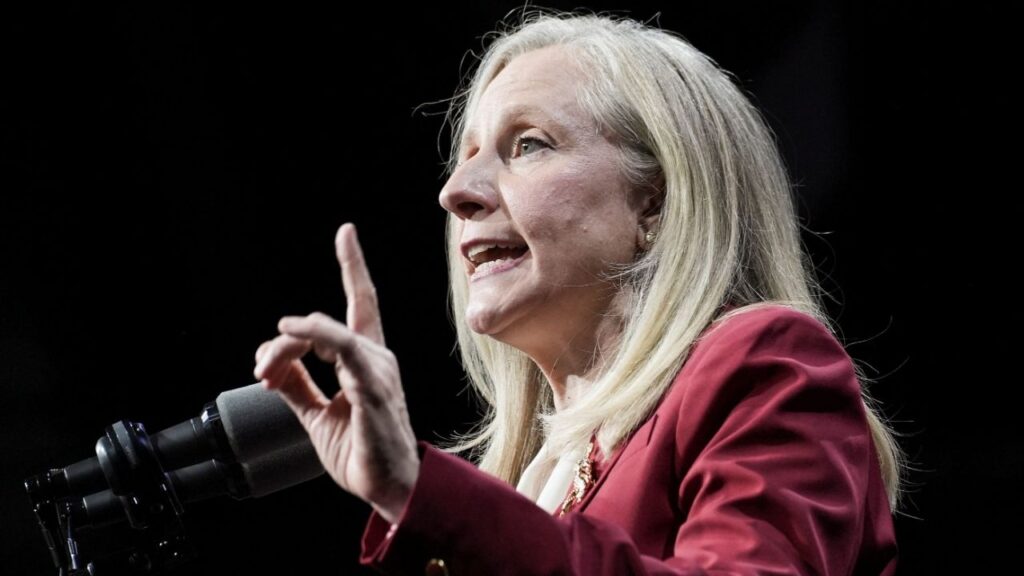
Takeaways From US Election Night 2025







